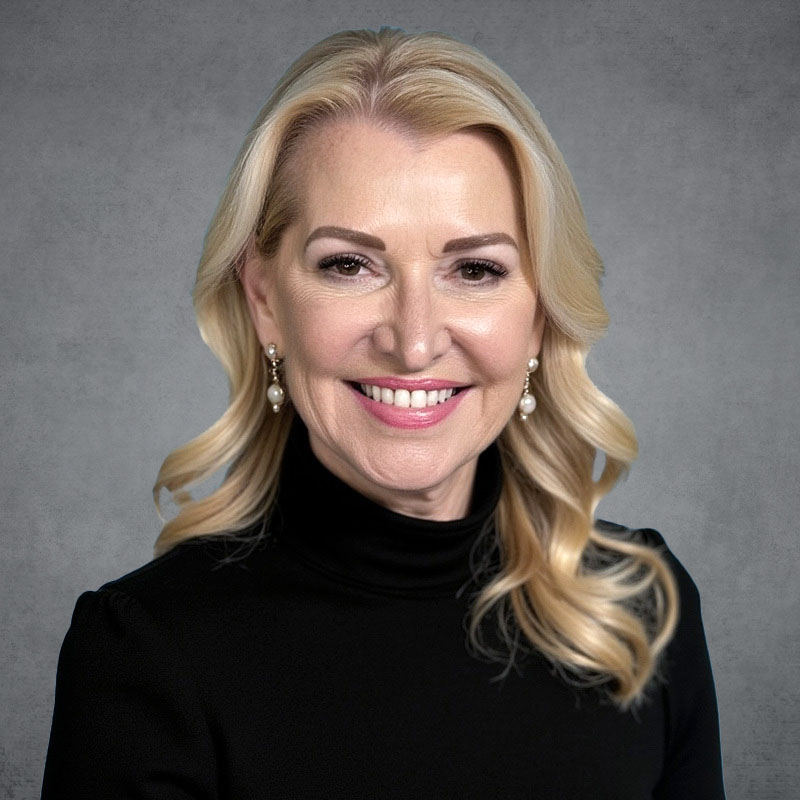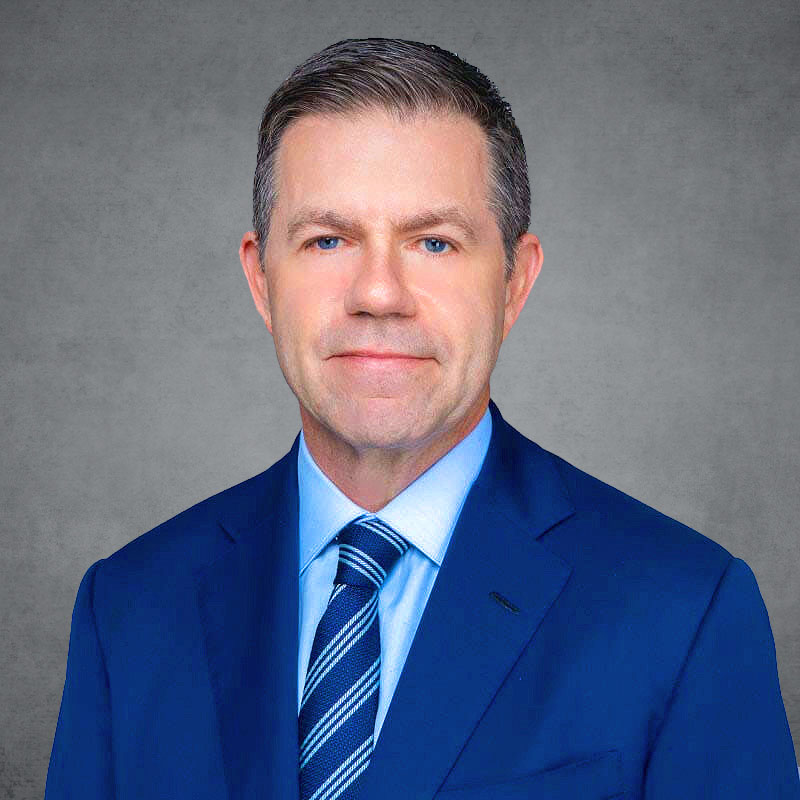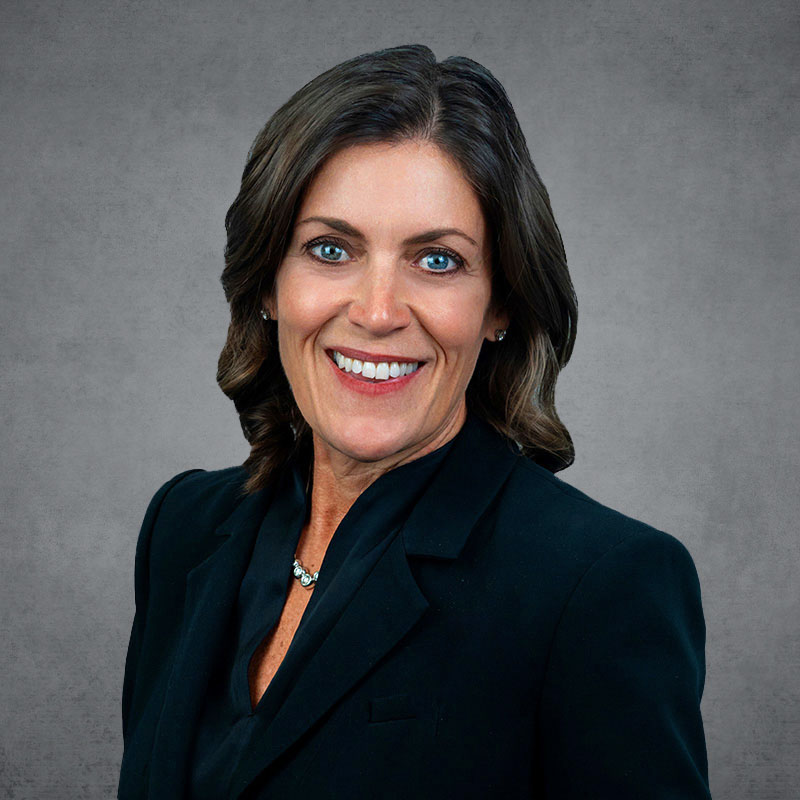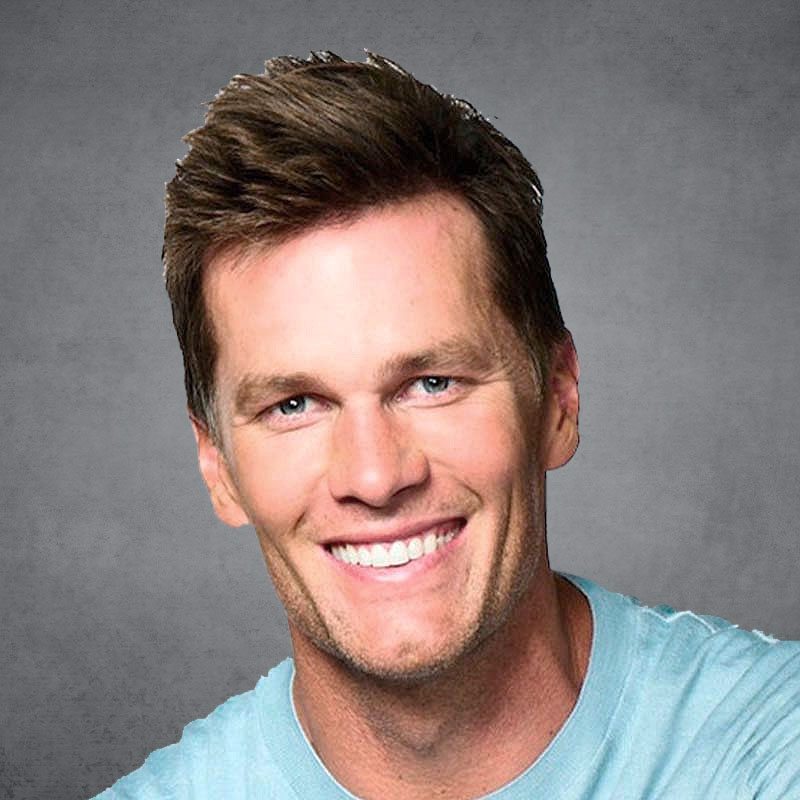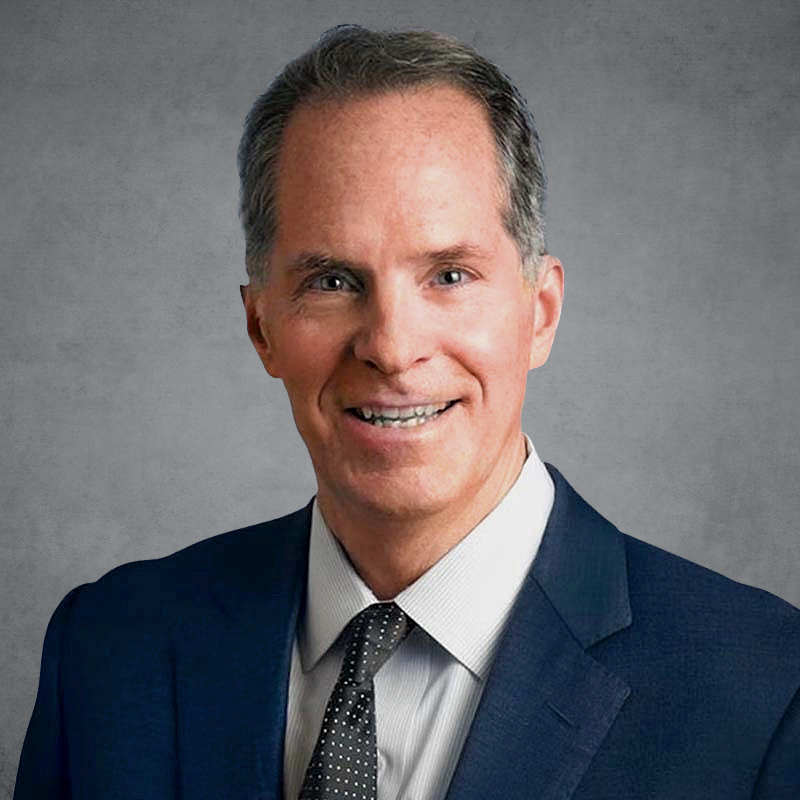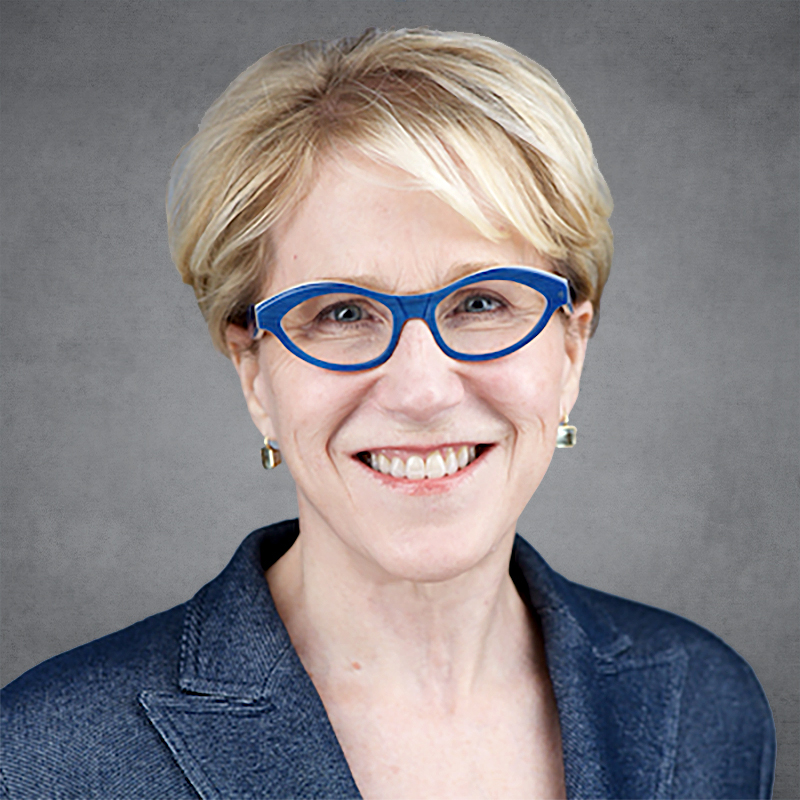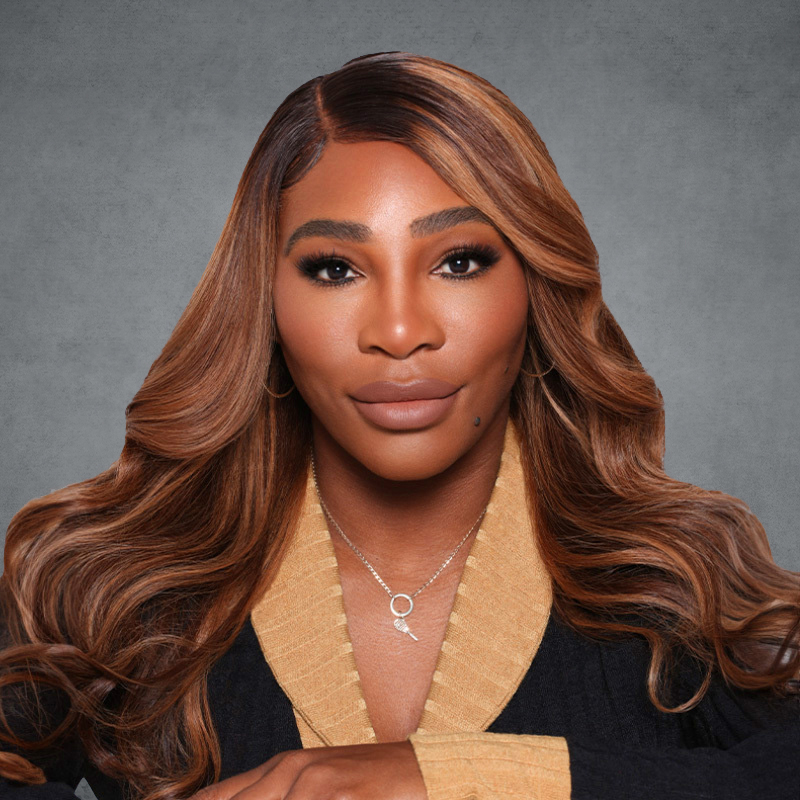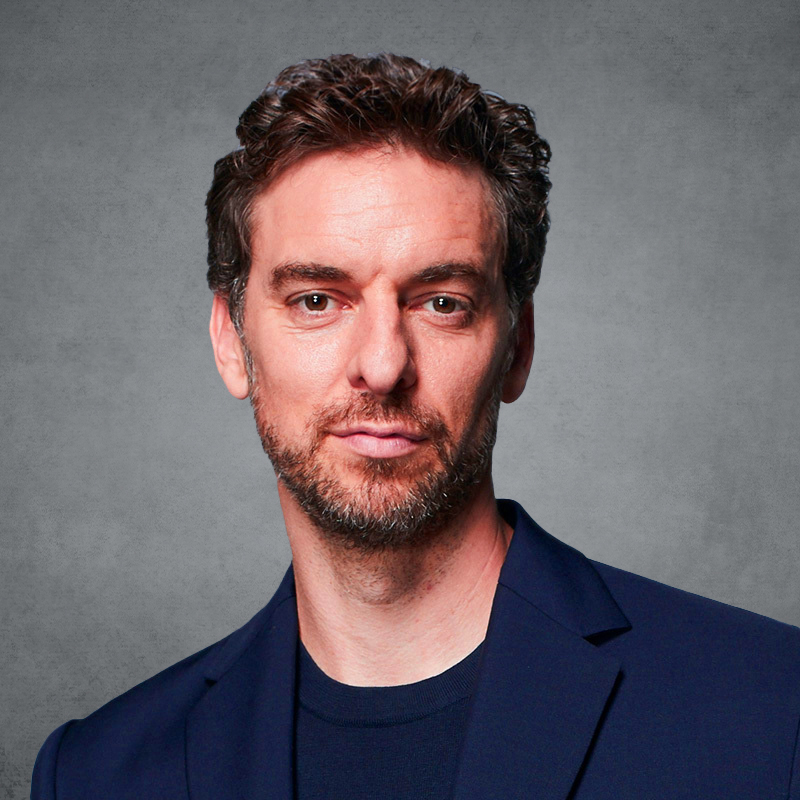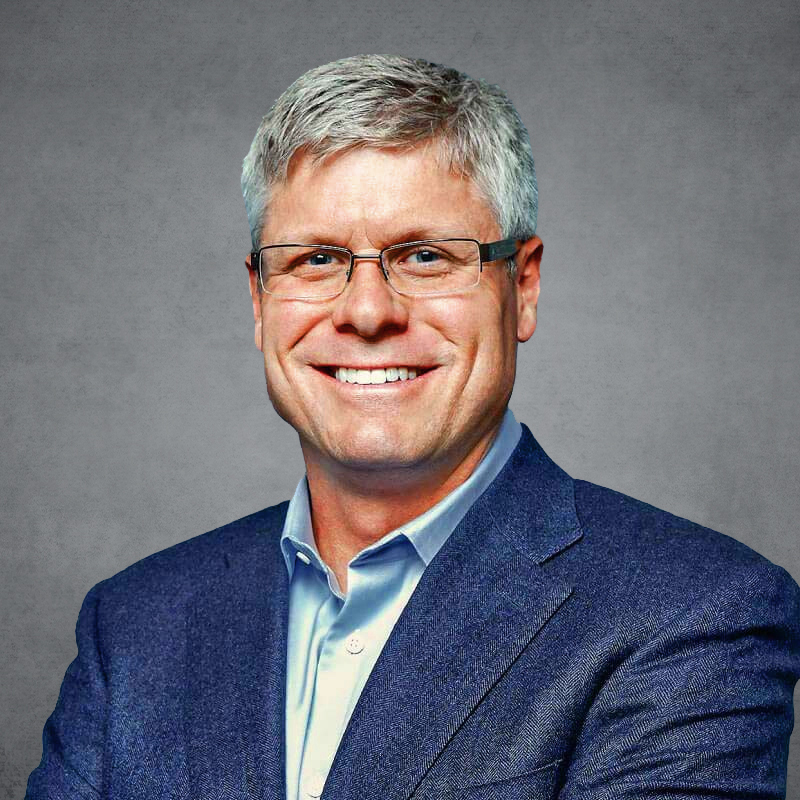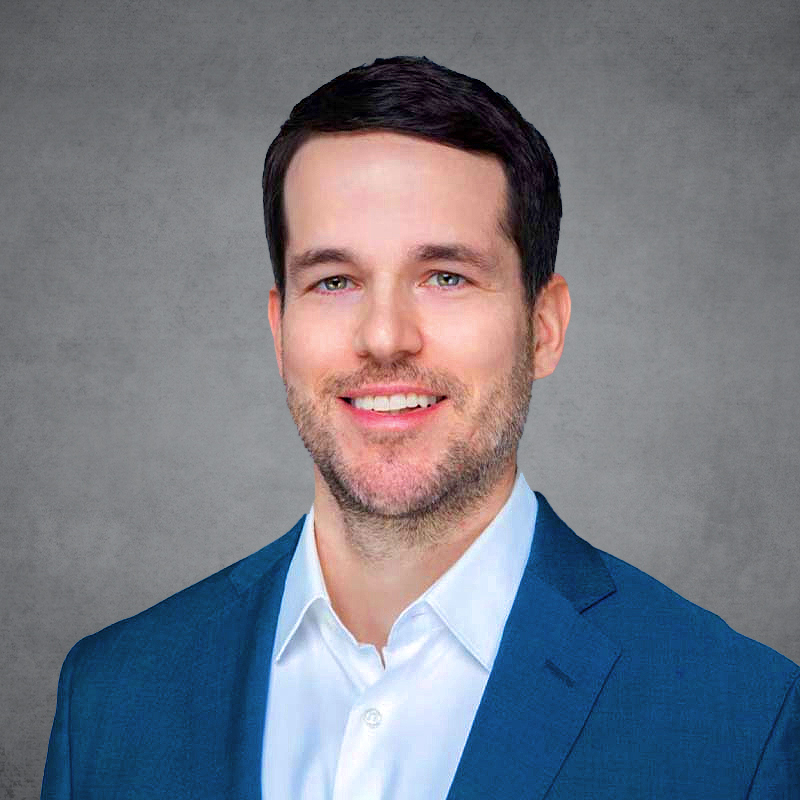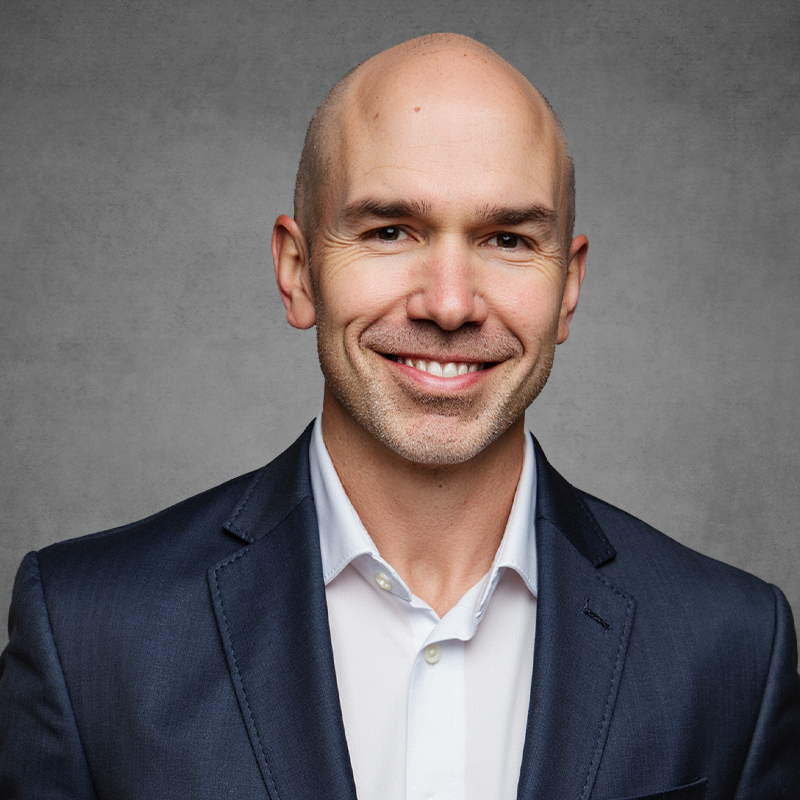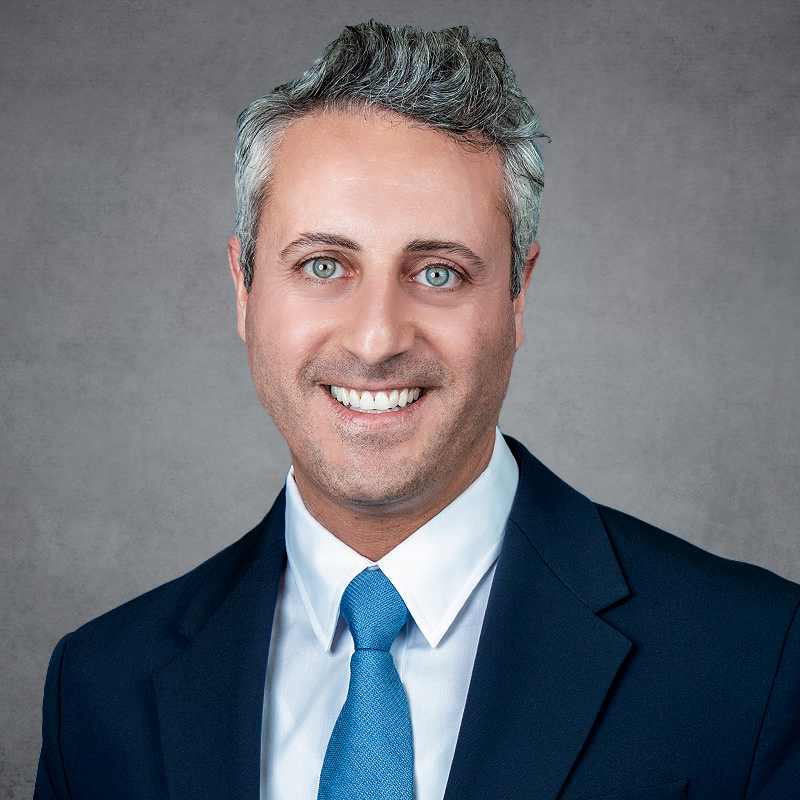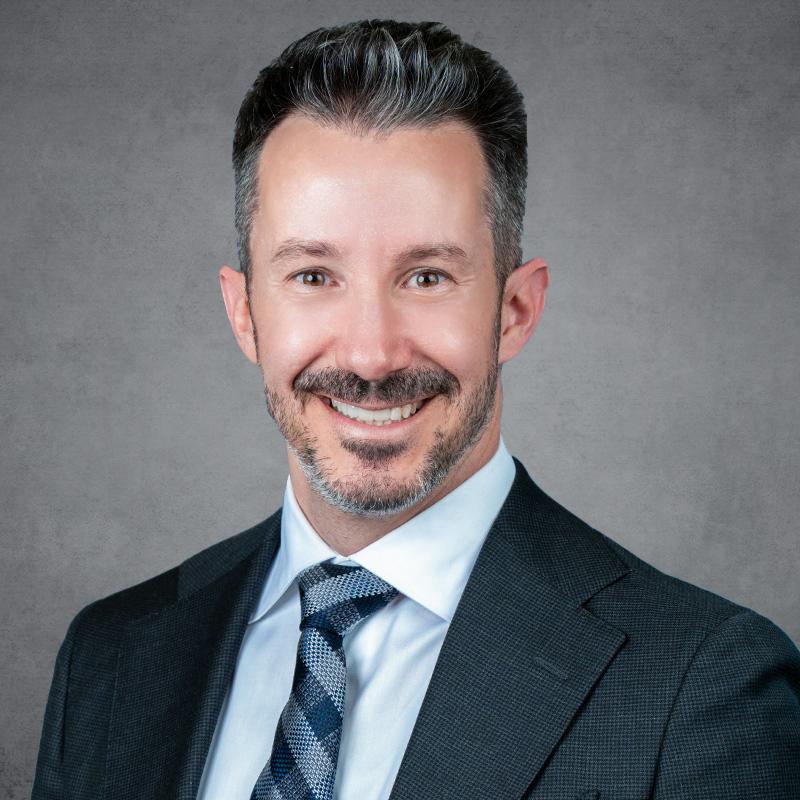Owning the Big Picture: Embracing Disruption and Meeting the Customer to Capture Mindshare


Executive Perspectives
What do Costco and Chanel have in common? What about Dick’s Sporting Goods and Sephora? At first glance, you might think, not much, but each of these companies is winning the competition for mindshare. Though these membership warehouse clubs, luxury goods, sports and beauty brands sell to measurably different customers, each of these businesses maintains a strong, loyal following even as consumers become more conscious than ever about how they spend their dollars in an increasingly disruptive and uncertain environment.
These companies excel by meeting customers where they are, ensuring strong mindshare in a highly competitive market. The takeaway for other businesses is clear: prioritizing the customer, even in the face of disruption and risk, not only strengthens loyalty but also drives growth and boosts the bottom line.
CHAMPION DISRUPTION OVER COMPLACENCY
Relevance drives mindshare, and without mindshare, revenue becomes far more elusive. The 2008 financial crisis, COVID-19, and ongoing geopolitical uncertainty have tested businesses in profound ways. Companies that simply hunkered down, slashed costs, and failed to plan for long-term relevance often struggled to recover once the crisis passed. In contrast, those that used these disruptions as opportunities to reassess and refine their strategies emerged stronger, more agile, and better positioned for the future.
CEOs aren’t celebrated for retreating or fading into obscurity. In challenging times, they must make tough, deliberate choices about what to prioritize and what to set aside to remain essential to their customers. For example, I took HSNi public in August 2008 – two weeks before the Lehman Brothers bankruptcy. With an entirely new board and as a first-time public company CEO, I was tasked with relaunching the business and delivering content to our customers, many of whom had lost their purchasing power.
Given the timing of the worldwide recession, I needed to make hard decisions to give HSNi some flexibility. For one, I knew it was a priority to protect our innovation agenda, including the future of mobility (which eventually allowed us to be the first retailer to do video commerce on the iPhone, capturing customers via a new platform). Our team also made changes in how we prioritized categories based on what customers would buy in the recessionary environment. That led to a campaign based on the premise that there is never bad news on HSN: even If you can’t spend money, tuning in will make you feel better. As a result, our customers tuned in and stayed on the channel.
Those bets paid off. As we came out of the crisis, HSNi grew from 2008-09. We were constantly measuring our results including average dollars per minute, margin, customer acquisition and retention. We noticed we were really improving on gaining new customers – even during a global recession – since we made the investments to keep consumers on our channel while expanding to new platforms.
MAKE ROOM FOR INNOVATION
While global recessions and pandemics are extreme examples, not all disruptions are bad. Many businesses are capitalizing on innovative technology to capture new customers and increase mindshare. Today, we see companies making big investments in activation and gamification. For example, Fanatics launched Fanatics Fest in 2024, drawing more than 70,000 fans in a multiday, multifaceted experience that brought together world-famous athletes for panels, photo ops and exciting activations.1
Similarly, Dick’s Sporting Goods launched its “House of Sport” to create real sporting experiences for families in-store.2 Leaders focused on educating employees on how to service their customers, called athletes, while providing experiences like golf simulators, batting cages, rock climbing walls and even birthday parties. These experiential activations helped increase mindshare and drive families to shop there by creating more reasons to go beyond simply buying sporting goods.
Where companies fail is when they don’t create value for the core customer base – or anyone else. Strategies to capture new customers, from in-store placements to add-on services, often have not panned out because they don’t meet new or existing customers beyond their current engagement. As an example, placing an Amazon return desk near your checkout might bring new customers into your store, but if they don’t have a reason to look at your merchandise, it’s not adding value. Leaders must look at the holistic strategy and customer experience, not one-off additions in isolation.
FOSTER LOYALTY: BE PROVOCATIVE, NOT POLARIZING
In retail and other sectors, we’re seeing a bifurcation between brands that are engaging well with their customers – that is, bringing them along on their journey – and those that are not. From Costco to Dick’s and more, brands that succeed are the ones that are maniacal about keeping their consumer at the center of everything. In a world of data capabilities that can predict behavior with shocking accuracy, these brands use this information to understand human connection deeply and meet their audience.
When I joined Nike in 2000 with Phil Knight’s return, for example, we shifted our mission to bring inspiration and innovation to every athlete* in the world – with the critical addition that *if you have a body, you are an athlete.3 In other words, this mission helped the brand meet customers wherever they were on their fitness journey. We democratized the brand and expanded our mindshare in the eyes of consumers – which helped to reenergize it for many years.
This human connection is how brands build relationships with consumers and communities. That’s why I have a firm bias against the word “omnichannel” as it limits our view of consumers at the center of a 360-degree ecosystem of physical, digital, virtual, experiential, emotional and social engagement.
Consider how Fanatics reached a valuation of over $25 billion because of its relentless focus on the fans.4 Rather than thinking “omnichannel,” they created a global platform around the sports fan for content, commerce, collectibles, betting and gaming, events and more that resonated with fans and took the brand beyond simply being a purveyor of team apparel.
Creating this emotional connection with customers also makes them advocates who can be your word of mouth. To use Costco as an example again, this warehouse chain has members who are so passionate that their magazine has the third largest U.S. circulation behind two AARP publications.5 People who are Costco members wear it like a badge, which pays off in their bottom line since Costco boasts a greater than 90% membership renewal rate annually.6
Customer centricity is critical to growing mindshare – and that includes staying conscious of not alienating core customers. To maintain this balance brands have to value who their core customer is. While it’s crucial to evolve and bring in new audiences, the balance is that brands must know where they can play and where they can’t. Leaders can figure out these priorities by knowing their purpose – why their brand exists – and critically thinking to see if a product, partner, influencer or strategy is aligned with that purpose.
To return to the Nike example, we didn’t alienate our core customers because our new mission met our purpose while becoming a positive beacon for many more customers. With this expanded audience that encompassed everyone, from people who had never run a mile before to Olympians, Nike’s share price emerged from a period of stagnation to more than double from 2000-2006.
ACCELERATING MINDSHARE: FINDING THE RIGHT STRATEGY
Leaders need to consider how they are differentiating from competitors and how they can take share in a highly contested environment. That imperative can lead to different strategies to drive mindshare growth, from acquisition to partnerships, but these approaches have to be in alignment with the core brand and not warn off existing customers.
For example, businesses could employ acquisitions to grow brand capabilities or license with other brands to expand utilization, both of which can support engagement with new groups of consumers which accelerates mindshare. Following an acquisition strategy, Fanatics acquired Topps to build out its collectibles business, which helped expand Fanatics’ base beyond apparel to add another segment of sports fans’ mindshare.7
Many businesses are also turning to partnerships to grow mindshare. At present, the partnership conversation is really relevant since these strategic initiatives, with brands, celebrities or influencers, can broaden the brand’s base to new audiences. However, this partnership must be authentic, creating new fans of the brands without alienating their core customer.
As an example, in 2024, VF Corporation’s The North Face brand partnered with Kim Kardashian and Skims over the holiday season to launch an exclusive collaboration on ski gear.8 Tying in iconic Skims colors and silhouettes with the performance-based TNF outdoor brand meant VF Corporation could reach new customers with performance gear aligned with their shapewear. The collaboration was a success: All items sold out online in hours and both brands got significant exposure outside their core customer groups.
MAKING BIG BETS WITH THE RIGHT RISKS
In a period of seismic shifts, especially ones that are out of control for brands such as geopolitical and economic instability, capturing mindshare becomes even more competitive, and big bets carry even greater risk.
In these times, leaders must control what they can control and remain flexible, but that also means building pivot capabilities within their organizations. Leaders and managers

Culture trumps strategy and leaders who have an engaged, aligned culture to power through these headwinds are better positioned to achieve sustainable growth, including capturing mindshare.
- Mindy Grossman | Partner & Vice Chair
must enable their people to be comfortable taking risks in uncertain environments and have a clear strategy that helps employees feel empowered to take calculated risks while giving them the confidence to raise their hands when something doesn’t work.
As a result, CEOs must also be strong communicators with all stakeholders, sharing the organizational focus and what needs to be done, to achieve internal alignment. Whether during a crisis or simply more disruptive times, leaders must ensure the company and its employees have the path forward to manage through any situation. It’s up to the CEO to make hard decisions that leaders can live with because it’s right for the company, and it’s also up to the CEO to communicate those hard choices to the board, senior leaders and employees.
When I was CEO at WW, we had to rapidly shift operations when the world shut down at the start of the COVID-19 pandemic. We had a responsibility to our members, for whom we were a major support system during a scary time. In a matter of days, we took 30,000 in-person weekly meetings across 13 different countries and moved them to Zoom in a structured manner, which is nothing like we’d ever done before. It was my responsibility to communicate and achieve buy-in for this major shift in our approach and get all our team members to change the way they did their work in the face of overwhelming uncertainty. With clear communication, prioritization and goals, we succeeded in responding and supporting our customers – and staying top of mind for them – when they needed us most.
Culture trumps strategy, and leaders who have an engaged, aligned culture to power through these headwinds are better positioned to achieve sustainable growth, including capturing mindshare.
MEETING THE CUSTOMER, OWNING THE CONVERSATION
We need to be what consumers expect of us as brands – which becomes even more important when consumers are narrowing their focus on what and how they will spend their money and focusing on brands they trust.
But loyalty isn’t just about a discount – it’s about communicating, connecting and building relationships with customers. In other words, loyalty is making people feel valued. Brands must stay true to who they are and understand who their audience is, which increases their mindshare by being more present in real, authentic ways.
CEOs are tasked with capturing share in an environment where fewer dollars are being spent. As leaders, you need to get those dollars: Consumers have choices, and you must be top of mind. In this vein, companies need to be thinking about what they have permission to do, what their relationships with customers create and how their biggest fans can become their biggest, most loyal advocates.
The views and opinions expressed herein are solely those of the individual authors and do not necessarily represent those of The Consello Group. Consello is not responsible for and has not verified for accuracy any of the information contained herein. Any discussion of general market activity, industry or sector trends, or other broad-based economic, market, political or regulatory conditions should not be construed as research or advice and should not be relied upon. In addition, nothing in these materials constitutes a guarantee, projection or prediction of future events or results.
